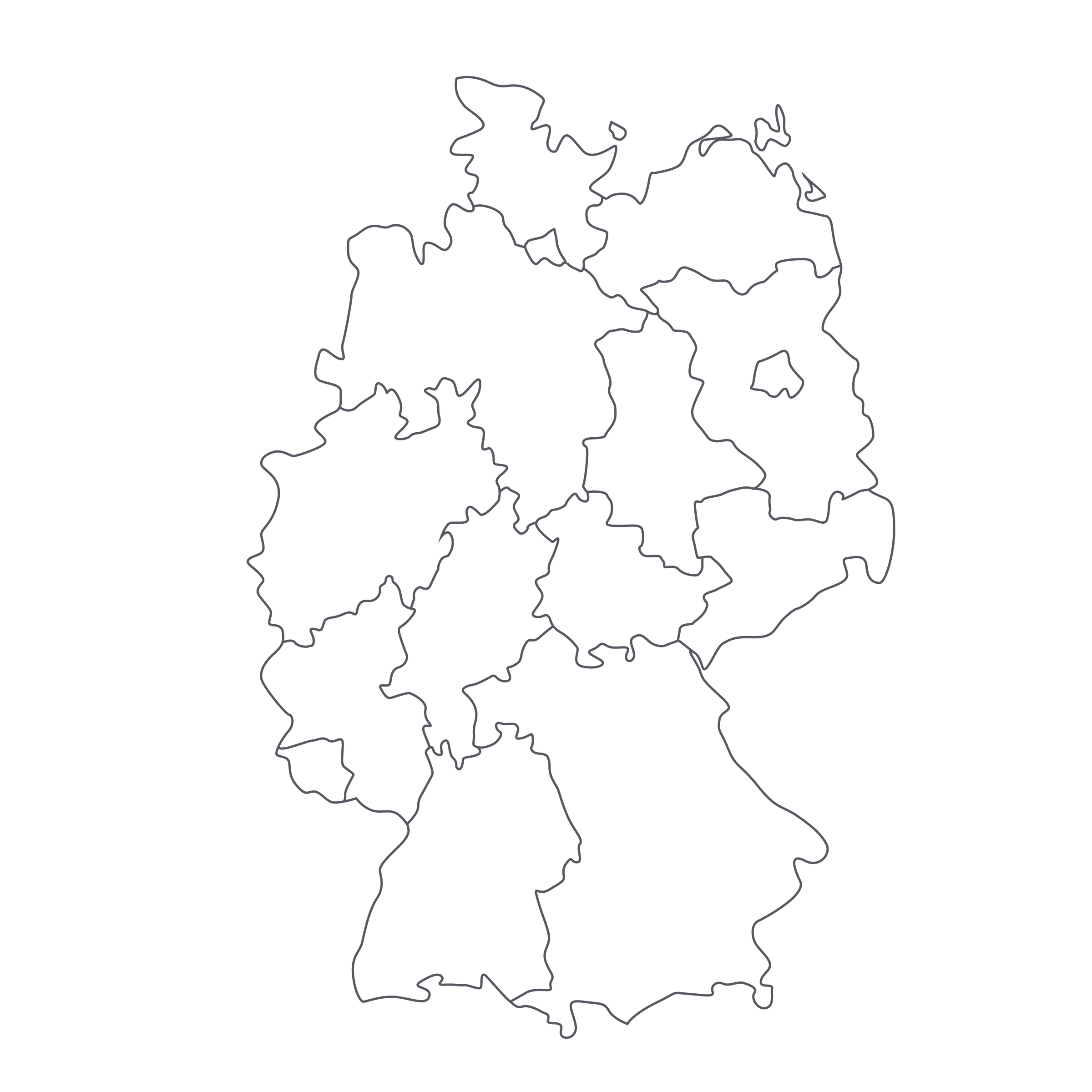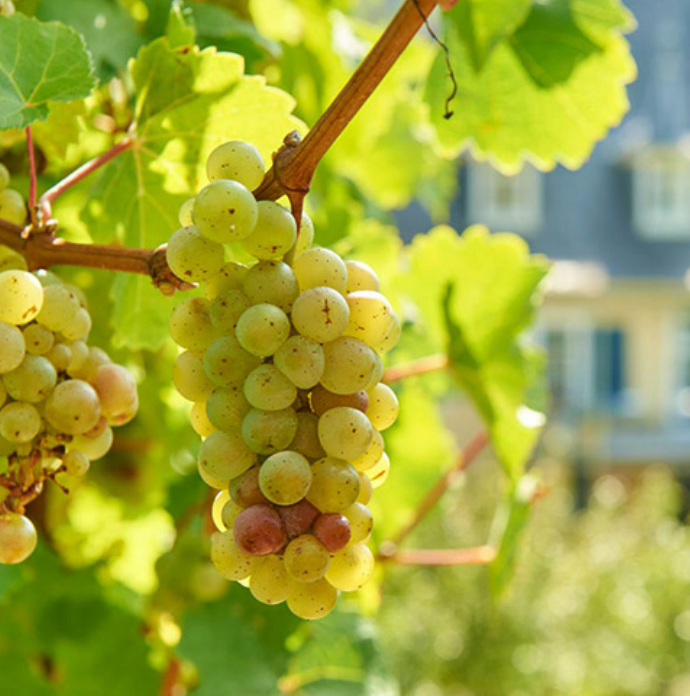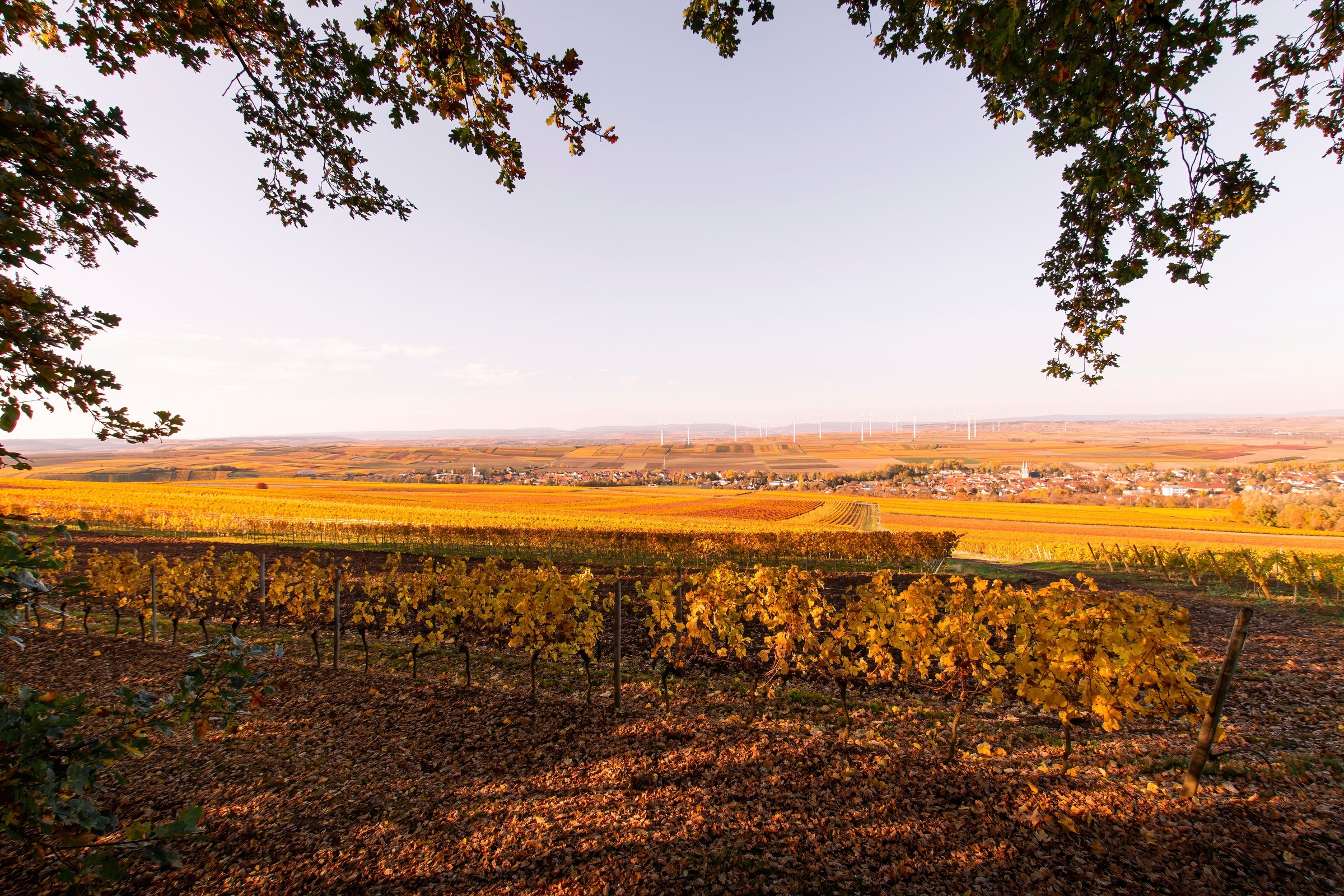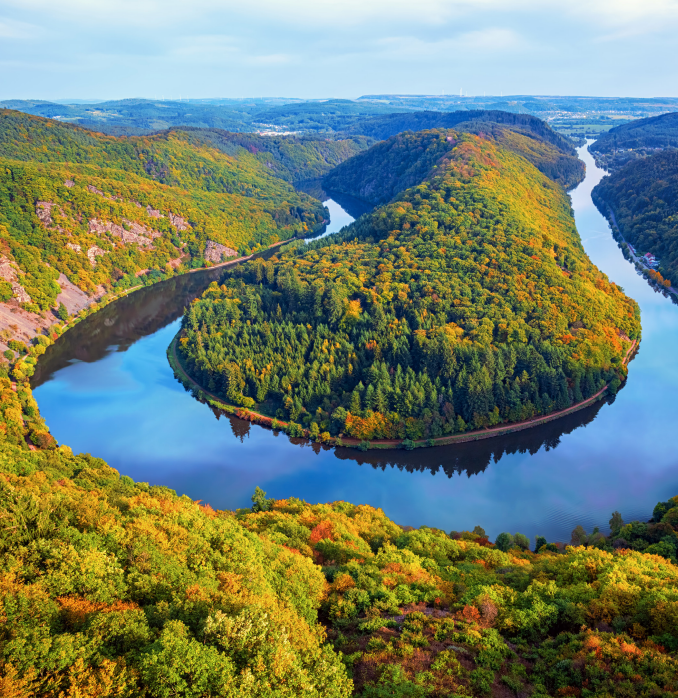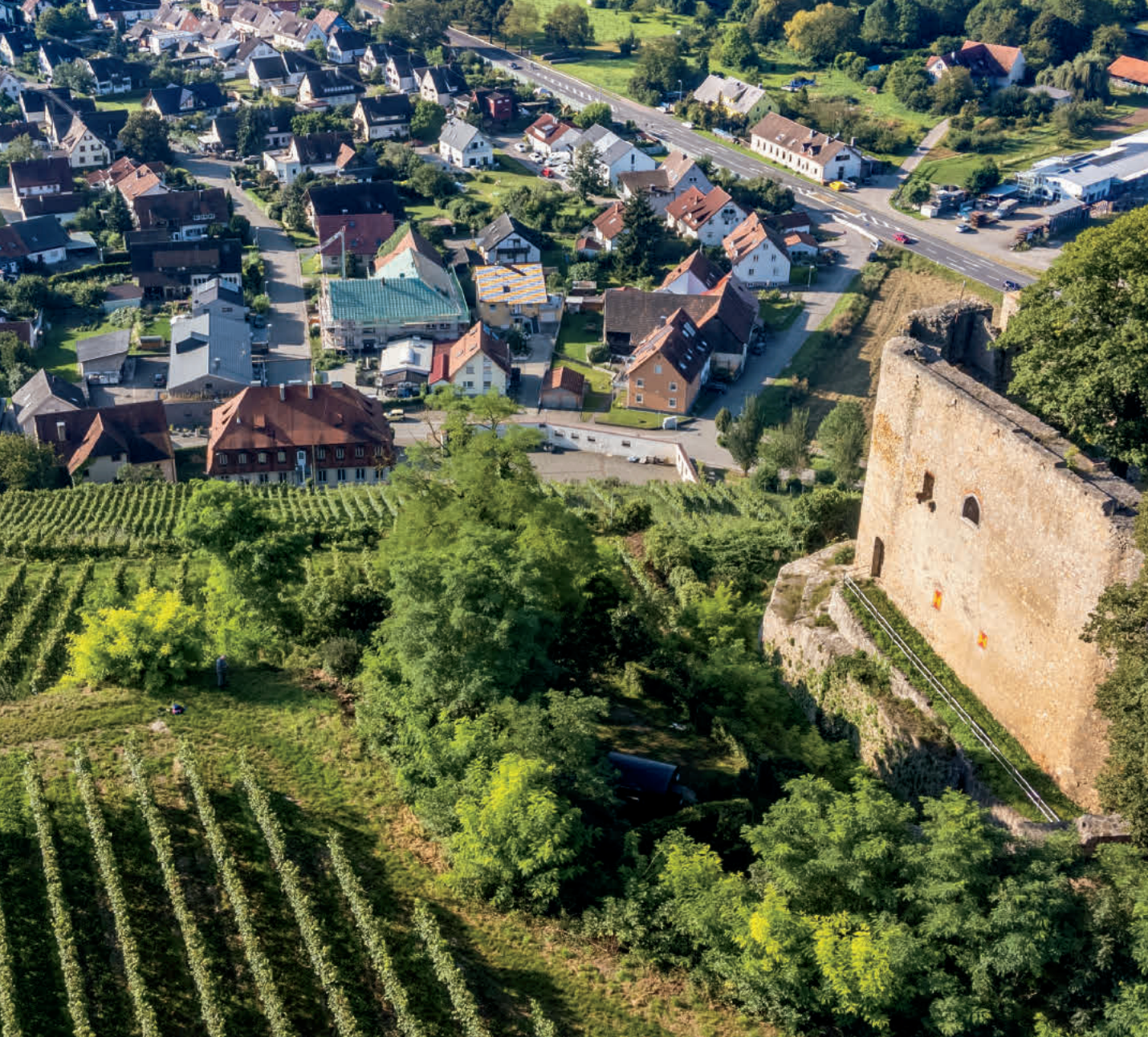For those reading this right now: You are the only ones who have the opportunity to secure this special two-pack! These 20- and 22-year-old Rieslings are making their debut on American soils after we
literally unearthed them from Dr. Wagner’s ancient cellars last year.
This tiny German producer only owns parcels in three Grand Cru-equivalent vineyards, and crafts its wines in the utmost old-school fashion. We’ve previously offered their unbelievably fair-priced “Ockfener Bockstein” from just across the Saar River, but this pair of 1997 and 1999 Spätlese bottlings from “Ayler Kupp” are better still in terms of balance, depth, and the inimitable sensations of mature German Riesling. They both burst onto the scene with mineral intensity and mouth-watering piquancy that melds into a resoundingly complex finish populated with all the usual suspects: juicy tropical/stone/citrus fruits and textbook notes of petrol and slate. This is complex and cleansing all at once, leaving the wine tasting dry due to its age (residual sugar loses intensity over time), with enough youthfulness to continue aging for years to come. Despite us buying every last bottle that was buried in their cellar, quantities are nevertheless severely low—we can only offer two two-packs per person. Act quickly!
The Dr. Wagner estate was founded in 1880 by Josef Heinrich Wagner. Over the decades, they weathered two World Wars without relinquishing any of their holdings; the estate has always remained in the family. Currently, fifth-generation Christiane Wagner (as of 2009) is in charge. Currently, Dr. Wagner only tends to vines in three prime sites: “Rausch” and “Kupp” in the town of Saarburg and “Bockstein” in nearby Ockfen, all of which can trace viticultural roots back to Roman times.
The vineyard name “Kupp” can cause confusion in the Mosel region, as the German word kuppe translates to knoll or hilltop. Historically, this word was a general term for parcels that sat at advantageously higher elevations (near the top of a hill), but has since become a popular vineyard name—you’ll find “Kupp” in the towns of Wiltingen, Saarburg, and Ayl, to name a few. Today’s wines comes from the latter and, just like all of Dr. Wagner’s Grosse Lage vineyards, “Ayler Krupp” is manually farmed and harvested with meticulous care. The wine ferments in traditional fuder casks and ages in their historic underground cellar—which happens to be the largest vaulted cellar in the Saar. After 20+ years of undisturbed aging, they were shipped directly to us at the end of 2018.
We revisited Dr. Wagner’s old “Ayler Kupp” bottlings side-by-side and found them to be in immaculate condition after their overseas travels. They reveal a bright straw-yellow moving out to neon green reflections, with the ‘97 showing a tad more concentration and an ever-so-slightly darker hue. Still, both are superbly fresh and vibrant, making them tough to identify as 20-year-old Rieslings. The ‘97 is showing bracing acidity and juicy green mango, melon, white peach, white pears, key lime, meyer lemon, honeysuckle, and citrus blossoms intertwined with persisting petrol and wet slate. The ‘99 also displays brilliant levels of minerality, petrol, and mouth-watering acidity, but offers broader, rounder textures alongside an elevated presence of earthiness that translates into button mushroom and damp herbs. You’ll also find apricot, honeysuckle, tangerine, and a bevy of white and yellow flowers jumping into the mix. German Rieslings lose about one Pradikat level of sweetness per decade due to molecular changes in sugar, so the ‘97 and ‘99 conceal their sweetness incredibly well. Both taste nearly dry, showcasing rich yet bright textures with residual sugar that is integrated seamlessly, along with searing minerality and mouthwatering acidity. It’s hard to believe Dr. Wagner can offer all this for such a low price—they are pitch-perfect expressions of classic Mosel Riesling. They are also perfect for pairing with any Asian cuisine: make whatever your go-to is (preferably with a bit of spice), or try the attached pork belly kimchi bowls. Either way, you can’t go wrong—these mature stunners will not disappoint!


